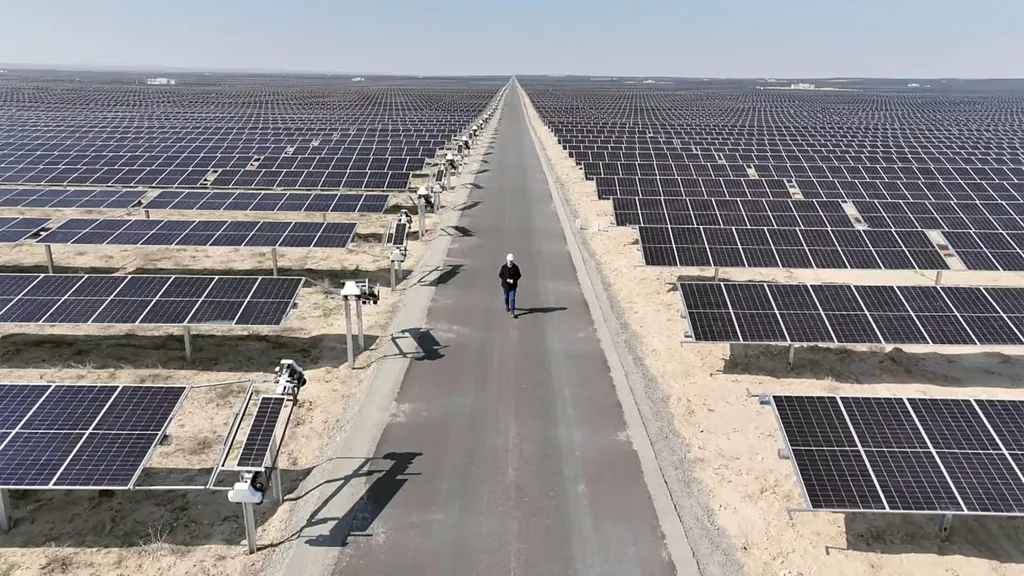Uzbekistan’s pivot toward renewable energy, backed by sweeping economic reforms, is poised to reshape the energy landscape of Central Asia and beyond. The country’s strategic location, abundant natural resources, and newfound commitment to market liberalization are creating a compelling narrative for investors, but the implications for the broader energy sector are even more profound.
The government’s ambitious target of sourcing 25% of its electricity from renewable sources by 2030 is not merely an environmental pledge; it is a calculated economic strategy. By diversifying its energy mix, Uzbekistan aims to mitigate risks associated with its heavy reliance on natural gas, which currently accounts for 82% of its electricity generation. This shift could serve as a blueprint for other resource-dependent economies grappling with price volatility and supply disruptions.
The reforms have already begun to bear fruit, with foreign direct investment (FDI) surging by 53.6% in 2024, reaching $11.9 billion. This influx of capital is not only modernizing infrastructure and expanding energy production but also signaling a broader shift in investor confidence. The government’s commitment to a market economy, evidenced by currency liberalization and large-scale privatization, is creating a more predictable and stable financial environment.
The renewable energy sector, in particular, is emerging as a bright spot. Uzbekistan’s solar and wind potential is substantial, with more than 300 days of sunshine per year and favorable wind corridors. The government’s proactive stance, including targeted legislation and public-private partnerships, is attracting major investments from Gulf and European firms. This influx of capital is not only driving the development of large-scale solar and wind projects but also catalyzing the modernization of the electricity grid.
The implications for the broader energy market are significant. Uzbekistan’s transition could spur a regional race to attract renewable energy investments, particularly in neighboring countries with similar resource endowments. This competition could accelerate the adoption of clean energy technologies, driving down costs and fostering innovation.
Moreover, the focus on public-private partnerships and grid modernization could set a new standard for energy infrastructure development. By integrating renewable energy sources into the national grid, Uzbekistan is not only enhancing energy security but also creating a more resilient and efficient system. This approach could serve as a model for other emerging markets seeking to balance economic growth with environmental sustainability.
However, challenges remain. The success of Uzbekistan’s energy transition will hinge on its ability to maintain political stability, ensure regulatory consistency, and foster a business-friendly environment. The government’s commitment to these reforms will be crucial in sustaining investor confidence and driving long-term growth.
In the broader context, Uzbekistan’s transformation underscores the potential of economic reforms to drive inclusive and sustainable development. By leveraging its natural advantages and strategic location, the country is positioning itself as a regional hub for clean energy investment. This shift could have far-reaching implications for the global energy market, particularly as countries seek to diversify their energy mixes and reduce reliance on fossil fuels.
As Uzbekistan continues to open up its economy and attract foreign investment, the renewable energy sector is poised to play a pivotal role in shaping the country’s future. The government’s ambitious targets, combined with favorable market conditions, are creating a unique opportunity for investors to contribute to both financial returns and social impact. This convergence of economic and environmental objectives could set a new benchmark for sustainable development in the region and beyond.

